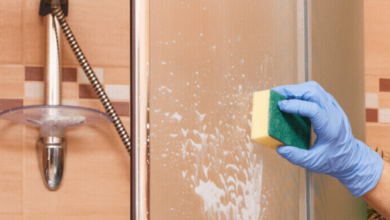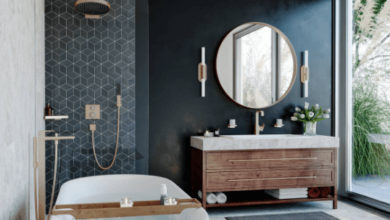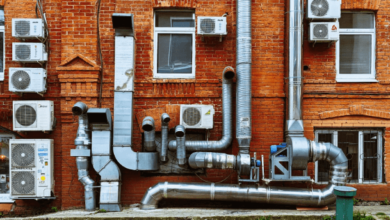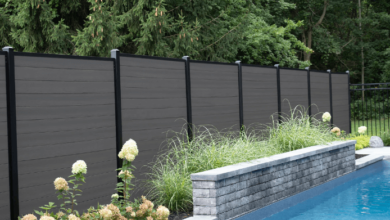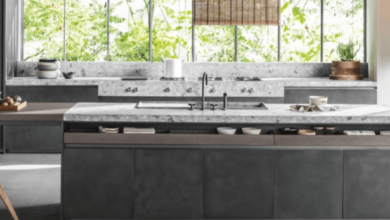Residential Roofing Services: Installation, Repair, and Maintenance for Homes
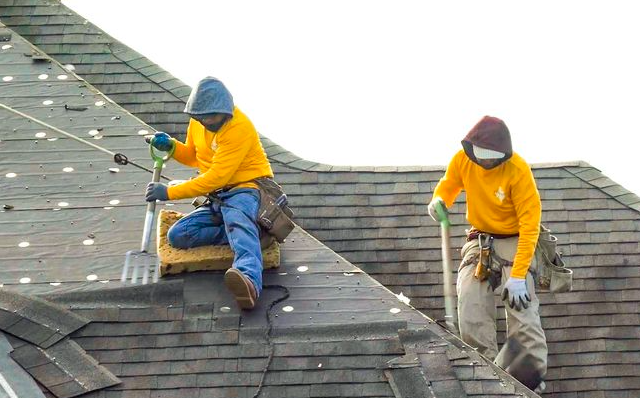
A well-maintained roof is essential for protecting a home from the elements and ensuring the safety and comfort of its occupants. Residential roofing services encompass a range of tasks, including installation, repair, and maintenance, all of which are critical for maintaining a roof’s integrity and longevity. We will explore the various aspects of residential roofing services, focusing on the processes involved in roof installation, the common types of repairs needed, and the importance of regular maintenance from a Roofing contractor.
Roof Installation for Homes
Roof installation is a significant undertaking that requires careful planning and execution. The process begins with selecting the appropriate roofing materials, which vary based on climate, architectural style, and budget. Common roofing materials include asphalt shingles, metal, tile, and wood. Each material offers unique benefits and considerations, so choosing the right one for a home involves evaluating durability, aesthetics, and cost.
Once the material is selected, the next step is to prepare the roof deck. This involves inspecting and repairing any damage to the existing structure, ensuring it is strong enough to support the new roof. Proper underlayment installation is crucial, as it is a barrier against moisture and adds an extra layer of protection. The underlayment is typically made of felt or synthetic materials and is installed over the roof deck before the roofing material is applied.
Read also: Licensed and Insured Roofing Contractors: Ensuring Professionalism and Protection
The installation of the roofing material itself requires precision and adherence to manufacturer guidelines. For example, when installing asphalt shingles, start at the bottom of the roof and work upwards, ensuring each row overlaps the one below it to create a watertight seal. Proper nailing techniques and placement are also critical to prevent shingles from lifting or becoming damaged in high winds.
Flashing, which seals the joints and edges of the roof, is another important component of the installation process. Flashing is typically made of metal and is installed around areas prone to leaks, such as chimneys, skylights, and valleys. Ensuring the flashing is properly installed and sealed prevents water infiltration and protects the roof’s integrity.
The final step in roof installation is the cleanup and inspection. This involves removing debris from the job site and conducting a thorough inspection to ensure the roof has been installed correctly and meets all necessary standards. A well-installed roof provides peace of mind, knowing the home is protected from the elements and will perform well for years.
Common Roof Repairs
Despite the durability of modern roofing materials, roofs are still susceptible to damage from various factors, including weather conditions, aging, and accidents. Addressing roof repairs promptly is crucial to prevent minor issues from escalating into major problems that can compromise the safety and integrity of the home.
One of the most common types of roof repair is fixing leaks. Roof leaks can occur for several reasons, including damaged shingles, deteriorated flashing, and clogged gutters. Identifying the source of the leak is the first step in the repair process. This may involve inspecting the attic for signs of water damage, such as stains or mold growth, and examining the roof’s surface for visible damage. Once the source is identified, the damaged area can be repaired by replacing missing or broken shingles, sealing cracks, and reinforcing the flashing.
Another common repair is addressing storm damage. High winds, hail, and falling debris can cause significant damage to a roof, including broken shingles, punctures, and dented metal. After a storm, it is important to conduct a thorough inspection to assess the extent of the damage. Temporary repairs, such as covering holes with tarps, may be necessary to prevent further water infiltration until permanent repairs can be made.
Roof ventilation issues can also necessitate repairs. Proper ventilation is essential for regulating temperature and moisture levels in the attic, preventing issues such as ice dams and mold growth. Common ventilation problems include blocked vents, damaged soffits, and inadequate airflow. Repairing these issues often involves clearing obstructions, replacing damaged components, and installing additional vents to improve airflow.
Regular wear and tear can also lead to the need for roof repairs. Over time, exposure to the elements can cause shingles to crack, curl, or lose granules, reducing their effectiveness in protecting the home. Regular inspections and maintenance can help identify these issues early, allowing for timely repairs, such as replacing damaged shingles and resealing seams to extend the roof’s lifespan.
Importance of Regular Roof Maintenance
Regular maintenance is essential for preserving a roof’s condition and performance. Proactive maintenance can help identify potential issues before they become significant problems, saving homeowners time and money on costly repairs and extending the roof’s lifespan.
One key aspect of roof maintenance is conducting regular inspections. Inspecting the roof at least twice a year, typically in the spring and fall, is recommended to identify any signs of damage or wear. During these inspections, homeowners should look for missing or damaged shingles, loose flashing, clogged gutters, and signs of water infiltration. Professional inspections can provide a more thorough assessment and identify issues that may not be visible from the ground.
Cleaning the roof and gutters is another important maintenance task. Removing debris such as leaves, branches, and dirt from the roof’s surface and gutters helps prevent water buildup and reduce the risk of leaks. Gutters should be cleaned regularly to ensure proper drainage and prevent water from backing up and causing damage to the roof and foundation.
Maintaining proper attic ventilation and insulation is also crucial for roof health. Adequate ventilation helps regulate temperature and moisture levels in the attic, preventing issues such as ice dams and mold growth. Insufficient insulation can lead to heat buildup in the attic, causing shingles to deteriorate more quickly. Ensuring the attic is properly ventilated and insulated can help extend the roof’s lifespan and improve energy efficiency.
Another important aspect of roof maintenance is promptly addressing minor repairs. Small issues, such as loose shingles or minor leaks, can quickly escalate into major problems if left unattended. Regular maintenance allows homeowners to catch and address these issues early before they cause significant damage. By investing in regular maintenance, homeowners can protect their roofs and ensure their homes remain safe and comfortable.
Conclusion
Residential roofing services, including installation, repair, and maintenance, are essential for protecting a home from the elements and ensuring its longevity. Proper roof installation involves careful planning, material selection, and adherence to manufacturer guidelines. Common roof repairs, such as fixing leaks and storm damage, are crucial for addressing issues promptly and preventing further damage. Regular roof maintenance, including inspections, cleaning, and addressing minor repairs, helps extend the roof’s lifespan and maintain its performance. By understanding and investing in these essential roofing services, homeowners can ensure their roofs remain durable and effective in protecting their homes.

